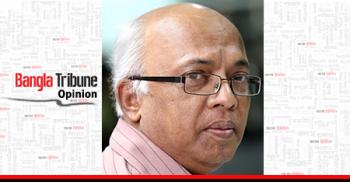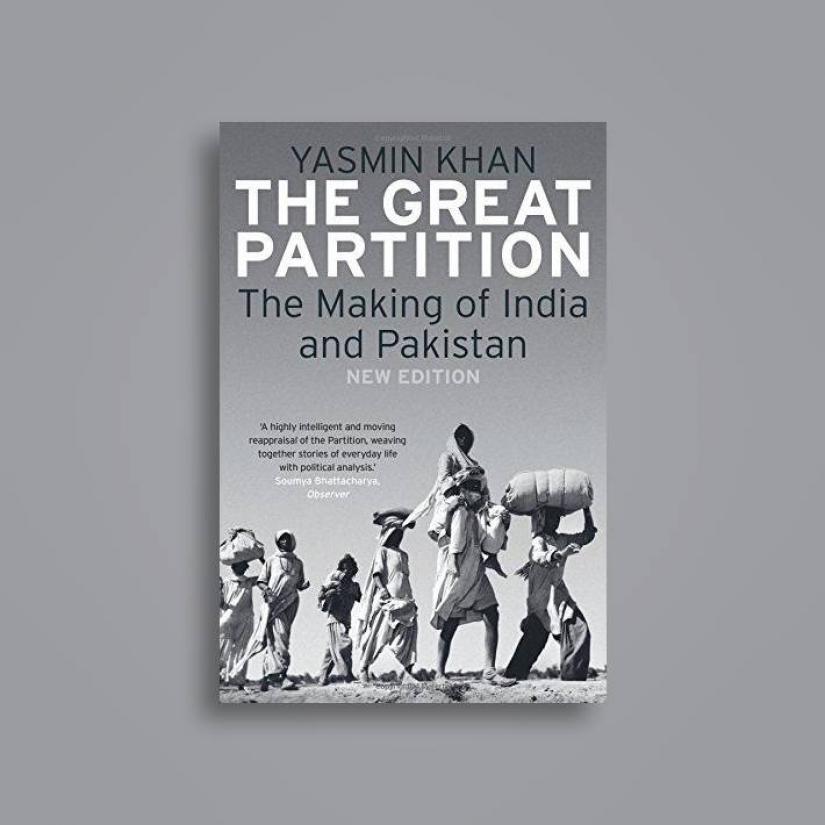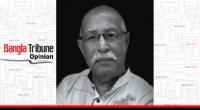 Re-reading Yasmin Khan’s The Great Partition: The Making of India and Pakistan rekindles the old tales of the destruction of history and the murder of heritage.
Re-reading Yasmin Khan’s The Great Partition: The Making of India and Pakistan rekindles the old tales of the destruction of history and the murder of heritage.
It was a quixotic, wrenching break-up of a country that Mountbatten and Cyril Radcliffe brought about in August 1947. There is little question that the last colonial viceroy was a man in a hurry, guided more by thoughts of his place in history than in the inevitability of the partition of India. And Radcliffe, having never before set foot in the subcontinent, found it convenient to be ensconced in a room and slice through regions in the Punjab and Bengal he thought should fall to India or Pakistan, as the case might be. The results were horrendous.
Villages were ruptured and even homes lay in pieces, with a part in one country and part in another. Just how uncertain and fraught with risks independence would turn out to be was made palpable in August when the Chakmas of the Chittagong Hill Tracts, happy in the belief that they were not to be part of Muslim Pakistan, hoisted the Indian tricolour. They would be in for a rude shock. Only hours later, they would find themselves herded into Pakistan. Their sufferings had only begun.
It is a long tale of woe that Yasmin Khan weaves in her narration of the incidents and events that led to the vivisection of India in 1947. The difference between her story and those of others who preceded her in recounting the story is largely in Khan’s bringing into focus the human dimensions of the tragedy that came in the wake of partition. Amazingly, almost unbelievably, none of the politicians involved in the gathering crisis --- Gandhi, Nehru and Jinnah --- appeared to be aware of the horrible consequences that would befall Hindus as well as Muslims all across the country once partition came to pass. The height of irony was reached once the 3 June plan was made public by Lord Mountbatten. He conceded Pakistan, but even at that late point, not many among the followers of the Muslim League were sure what the geographical dimensions of the new state would be.
Worse, it clearly did not occur to anyone that Bengal and Punjab would go through the trauma of division even as the British colonial power prepared to depart. Yasmin Khan’s research, thorough in that forensic sense of the meaning, depicts some of the stranger aspects of the oncoming tragedy. Many among the Muslim elite thought, in a bizarre manner, that Delhi would form part of Pakistan and were curiously shocked when it ended up being part of independent India. Again, there were the dreamers who advocated that small pockets of Pakistan, apart from the larger geographical framework of the new country, be given shape in areas within free India where Muslims outnumbered the Hindu population.
 In the weeks and months preceding partition, therefore, ideas that had the tinge of hollowness about them flew freely about. And then came the murder and mayhem that would undermine the entire spirit of decolonisation in the subcontinent. Of course, there was the very living instance of the Great Calcutta Killings of August 1946 that should have prepared both the Congress and League politicians for the eventual division of the land. In 1946, Huseyn Shaheed Suhrawardy, having helped to unleash communal fury in Bengal through falling for Jinnah’s Direct Action Day plan, was unable to or would not contain the violence until an unimaginably horrific four days would go by. By then, thousands of Hindus and Muslims would lie dead and rotting all over the city.
In the weeks and months preceding partition, therefore, ideas that had the tinge of hollowness about them flew freely about. And then came the murder and mayhem that would undermine the entire spirit of decolonisation in the subcontinent. Of course, there was the very living instance of the Great Calcutta Killings of August 1946 that should have prepared both the Congress and League politicians for the eventual division of the land. In 1946, Huseyn Shaheed Suhrawardy, having helped to unleash communal fury in Bengal through falling for Jinnah’s Direct Action Day plan, was unable to or would not contain the violence until an unimaginably horrific four days would go by. By then, thousands of Hindus and Muslims would lie dead and rotting all over the city.
In August 1947, days into the creation of Pakistan, it was simply macabre that took over. Trainloads of refugees, Hindus and Sikhs making their way to India and Muslims going over to Pakistan, moved in daylight and in the darkness of the night. It was limp, dead human bodies on grim moving trains that arrived at their destinations. There were those uprooted thousands who made the journey to their new country on foot. Many were murdered, their women were abducted, raped and the bodies then thrown into streams and rivers. It happened both ways. Hindus and Muslims, inhabiting villages for as long as anyone could remember, suddenly began to ignore one another. Many of them quickly fell to insulting and even murdering one another.
Small wonder then that Jawaharlal Nehru, visiting a Haridwar camp providing sanctuary to refugees, confronted first hand the desperation of men and women who had left their ancestral homes in the fire and fury of communalism. As he tried being philosophical over the trauma with the crowd, a young man landed a hard slap on his face. ‘Give my mother back to me’, he screamed. ‘Bring my sisters to me!’ It was symbolic of the human suffering ravaging the entirety of the subcontinent. Indeed, the thought that India would stand sliced in two exercised minds even in 1945. In that year, the president of the Jamiat-ul-Ulema savaged Jinnah through using a pun on the honorific ‘Quaid-e-Azam’. He called him ‘Kafir-e-Azam’.
 As partition approached and then came to pass, it was not merely the general body of citizens but important men as well who found themselves pushed to extremities of pain. Zakir Husain, a future president of India, nearly lost his life at the hands of a Hindu mob at Ambala railway station. The brother of Rafi Ahmed Kidwai, a prominent Congress politician, was stabbed to death. The daughter of Ghulam Muhammad, a future governor-general of Pakistan, was abducted. In that all-enveloping tragedy, the American journalist Phillips Talbot could not fail noticing the exhaustion writ large on the faces of India’s politicians, in the Congress as well as the Muslim League. They looked tired, all of them. Jinnah appeared haggard. And Nehru was endlessly giving vent to sudden, inexplicable bursts of temper.
As partition approached and then came to pass, it was not merely the general body of citizens but important men as well who found themselves pushed to extremities of pain. Zakir Husain, a future president of India, nearly lost his life at the hands of a Hindu mob at Ambala railway station. The brother of Rafi Ahmed Kidwai, a prominent Congress politician, was stabbed to death. The daughter of Ghulam Muhammad, a future governor-general of Pakistan, was abducted. In that all-enveloping tragedy, the American journalist Phillips Talbot could not fail noticing the exhaustion writ large on the faces of India’s politicians, in the Congress as well as the Muslim League. They looked tired, all of them. Jinnah appeared haggard. And Nehru was endlessly giving vent to sudden, inexplicable bursts of temper.
As the countdown to independence approached, a shell-shocked Gandhi decided to sit out the celebrations. Alone among the country’s pre-eminent politicians, he comprehended fully the dimensions of the oncoming tragedy. Jinnah, taken aback by the scale of the killings, nevertheless went on the airwaves to speak of ‘a supreme moment’ and of ‘a fulfillment of the destiny of the Muslim nation.’ Hours later, a worried Nehru tried sounding optimistic when he spoke of free India’s ‘tryst with destiny’.
As 1947 drew to an end, three million refugees found themselves inhabiting camps in India and Pakistan, in all manner of discomfort and squalor. Across the old subcontinent, men and women continued to die because of their faiths.
Syed Badrul Ahsan is a political commentator and biographer of Bangabandhu Sheikh Mujibur Rahman and Tajuddin Ahmad.


